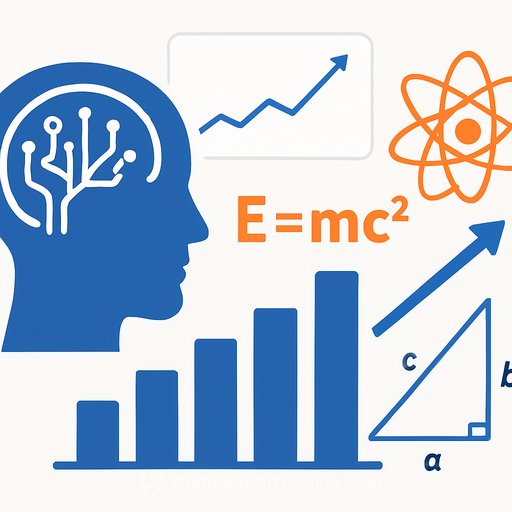How AI Could Speed the Development of RNA Vaccines
MIT engineers have developed a machine-learning model that designs nanoparticles to deliver RNA more effectively into cells. This advancement uses artificial intelligence to analyze thousands of existing delivery particles and predict new materials that improve RNA vaccine efficiency and RNA-based therapies.
By training the model on a vast dataset, the researchers identified optimal lipid nanoparticle (LNP) formulations that enhance delivery performance. The AI also helps tailor particles for different cell types and introduces new materials into the mix, accelerating vaccine and therapeutic development.
Optimizing Lipid Nanoparticles for RNA Delivery
RNA vaccines, like those for SARS-CoV-2, rely on lipid nanoparticles to protect and transport mRNA into cells. These LNPs typically contain four components: cholesterol, a helper lipid, an ionizable lipid, and a polyethylene glycol (PEG)-linked lipid. Each component has multiple variants, resulting in thousands of possible combinations.
Testing every formulation experimentally is time-consuming. To address this, the team applied a machine-learning approach to predict effective formulations quickly.
“We applied machine-learning tools to accelerate identifying optimal ingredient mixtures in lipid nanoparticles for targeting specific cell types or incorporating different materials,” says Giovanni Traverso, associate professor of mechanical engineering at MIT and lead researcher.
Introducing COMET: An AI Model for Complex Nanoparticles
Most drug discovery AI models optimize single compounds, but LNPs consist of multiple interacting components. To overcome this, researchers developed COMET, a model based on transformer architecture similar to large language models like ChatGPT.
COMET learns how chemical components combine within nanoparticles to influence properties such as RNA delivery efficiency. This approach allows the prediction of promising new LNP formulations without exhaustive lab testing.
Training and Validating the Model
The team created a library of approximately 3,000 LNP formulations and experimentally tested their delivery efficiency. This data trained the COMET model.
When asked to predict better-performing particles, the model suggested new formulations that outperformed those in the training set. Tests using mouse skin cells showed these AI-designed LNPs delivered mRNA encoding a fluorescent protein more effectively than existing commercial formulations.
Expanding Applications and Enhancing Performance
Next, the researchers introduced a fifth component—branched poly beta amino esters (PBAEs), polymers known to deliver nucleic acids effectively. They trained the model on about 300 LNPs containing PBAEs, enabling it to predict improved formulations including these polymers.
The model was also trained to predict nanoparticles optimized for different cell types, such as Caco-2 cells derived from colorectal cancer. It successfully identified LNPs that efficiently delivered mRNA to these cells.
Additionally, the team used the model to forecast which LNPs best withstand lyophilization, a freeze-drying process that prolongs medicine shelf-life.
Implications for RNA Therapeutics Development
This AI-driven approach streamlines the design of lipid nanoparticles, reducing the trial-and-error cycle in developing RNA vaccines and therapies. Faster identification of optimal delivery vehicles could accelerate treatments for diseases including obesity, diabetes, and metabolic disorders.
The research appears in Nature Nanotechnology under the title “Designing lipid nanoparticles using a transformer-based neural network.”
Your membership also unlocks:






